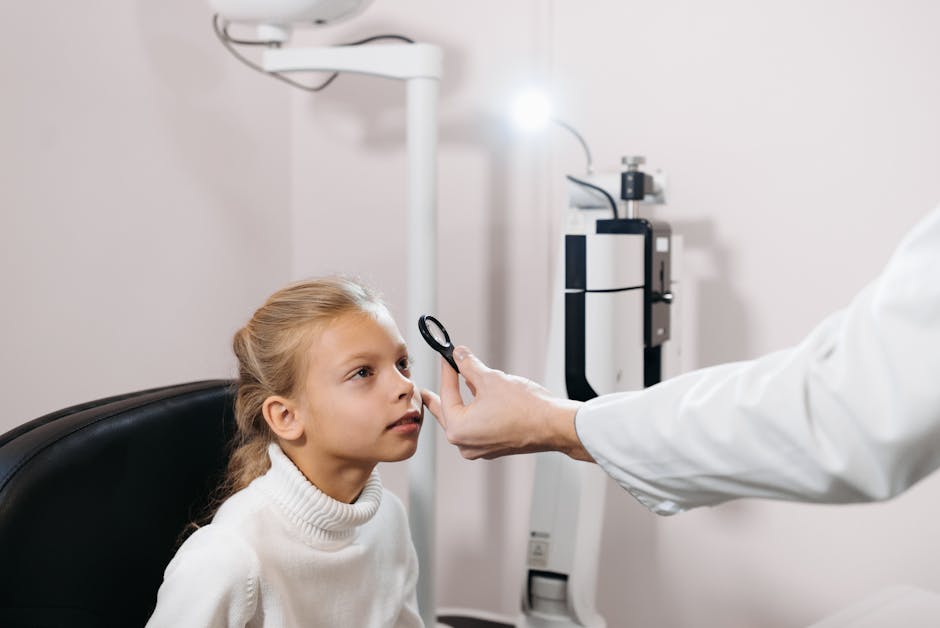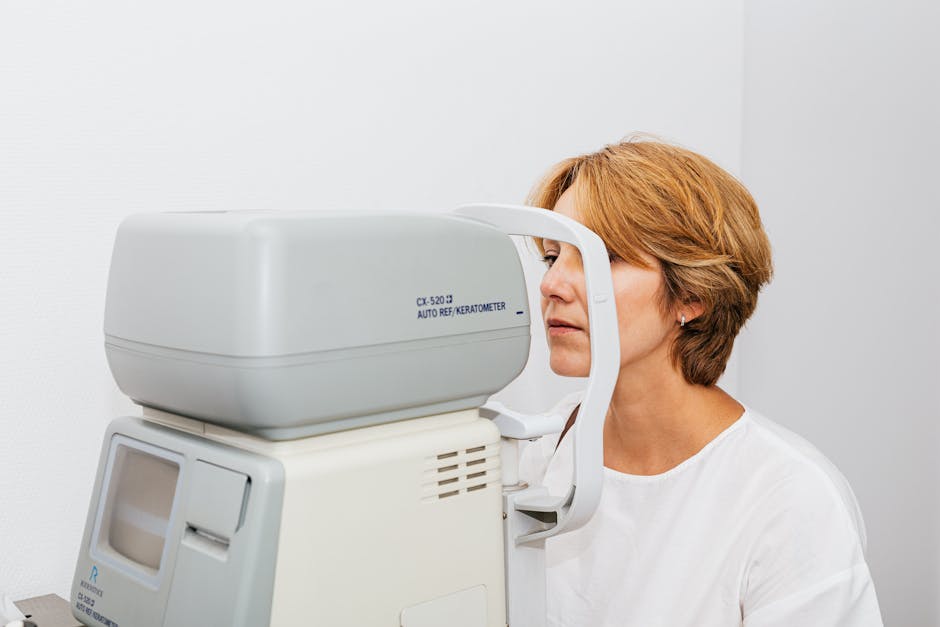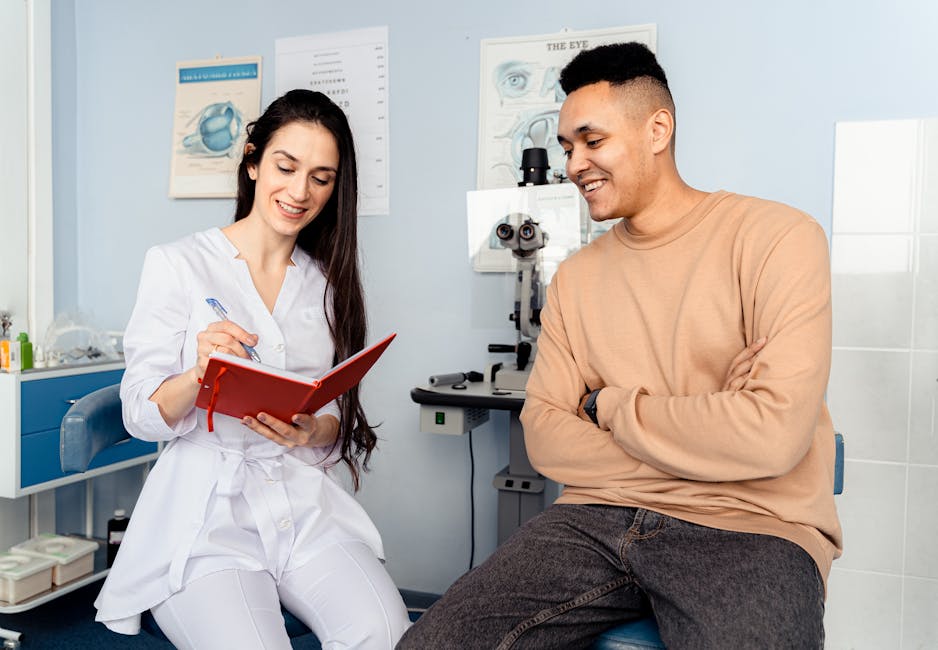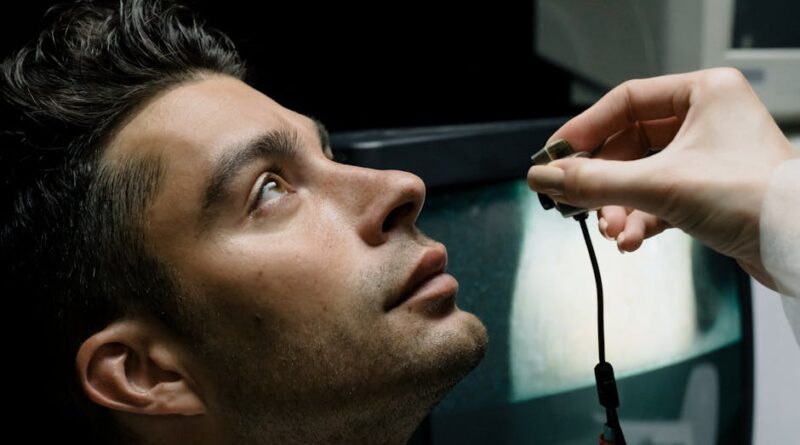Vision Restored: Heartwarming Patient Narratives
Imagine waking up every day unable to see the faces of your loved ones. For millions of people, this is a reality. But thanks to advancements in eye care, many are regaining their sight. Let’s explore some heartwarming stories of those who have experienced this life-changing journey.
What Does Restored Vision Mean?

Restored vision means returning sight to someone who has lost it. This can happen through surgeries, treatments, or even new technologies. For many patients, it’s like opening a window after years of darkness.
Consider this: According to the World Health Organization, around 285 million people worldwide are visually impaired. Among them, many could regain their sight with the right treatment. The impact of vision restoration goes beyond the physical. It can change lives, rekindle independence, and improve mental health.
How Do Patients Feel After Regaining Sight?

The feelings of patients who regain their vision are often profound. Joy, relief, and disbelief are just a few emotions they experience. For instance, a patient named Sarah shared her story of finally seeing her daughters face after years of struggling with vision loss. It was overwhelming, she said. I cried tears of joy.
What Are Some Common Surgical Procedures?

There are various surgeries to restore vision. Some of the most common include:
- Cataract Surgery: This involves removing the cloudy lens from the eye and replacing it with an artificial lens.
- Corneal Transplant: In this procedure, a damaged cornea is replaced with a healthy one from a donor.
- Retinal Surgery: This is done to fix issues like retinal detachment, which can cause severe vision loss.
Each of these surgeries has a high success rate. Many patients leave the operating room with improved vision.
What Role Do New Technologies Play?

New technologies are changing the game in eye care. For example, the development of artificial intelligence helps doctors diagnose conditions quicker. This can lead to faster treatment, which is crucial in restoring vision.
Another exciting advancement is gene therapy. Some patients with inherited eye diseases can now receive treatments that may restore vision at the genetic level. Imagine being able to see again because scientists found a way to fix the problem in your DNA!
Are There Emotional Benefits to Regaining Sight?
Regaining sight brings emotional benefits too. Patients often report feeling more connected to their surroundings. They can participate in activities they once loved, like cooking or gardening.
In a study by the University of California, researchers found that patients who regained their vision showed improvements in mental health. They felt less anxiety and depression. One patient, John, said, Seeing the world again makes everything brighter. I feel alive!
What Challenges Do Patients Face Post-Surgery?
While the journey to restore vision is exciting, it doesnt come without challenges. Some patients may experience:
- Adjustment Period: It can take time for the brain to adjust to new visual input.
- Physical Discomfort: Some may feel discomfort or dryness in their eyes after surgery.
- Follow-Up Care: Regular check-ups are essential to ensure everything heals properly.
Support from family and friends is crucial during this adjustment. Patients often find comfort in sharing their experiences with others who have gone through similar journeys.
What Can Family and Friends Do to Help?
Family and friends play an important role in a patients recovery. Here are some ways they can help:
- Be Patient: Understand that it may take time for them to adjust.
- Offer Support: Help with daily tasks as they regain their independence.
- Encourage Follow-Ups: Remind them about important check-ups with their doctor.
A little bit of support can go a long way in making a patient feel loved and cared for.
What Are Some Inspiring Patient Stories?
Every patient has a unique story. Here are a few that stand out:
- Maria: After losing her sight to diabetes, Maria underwent cataract surgery. Now, she can see the vibrant colors of her garden again.
- David: A retired teacher, David lost his vision to macular degeneration. Thanks to new injections, he can read books and enjoy puzzles once more.
- Linda: After a corneal transplant, Linda was able to see her granddaughters wedding. I never thought I would see that day, she said, beaming with joy.
These stories remind us that hope is always alive. With the right treatment, many can regain their sight and enjoy life fully.
What Are the Future Prospects for Vision Restoration?
The future looks bright for vision restoration. Researchers are constantly working on new techniques and treatments. Innovations like bionic eyes and stem cell therapy are on the horizon, offering hope to those facing vision loss.
As technology advances, more people will have the chance to restore their sight. This will lead to happier, more fulfilled lives for many.
How Can You Support Vision Restoration Efforts?
Want to make a difference? Here are some ways to support vision restoration:
- Donate: Consider donating to organizations that fund eye care research.
- Spread Awareness: Share stories of vision restoration with friends and family.
- Volunteer: Look for local programs that support those with vision loss.
Every little bit helps. Together, we can help others see the beauty of life again.
Conclusion: A New Vision for the Future
Restoring vision is a remarkable journey. It brings hope, joy, and a brighter future to many. The stories of patients like Sarah, John, and Maria remind us that vision loss doesn’t have to be permanent. With continued advancements in eye care and support from loved ones, anyone can regain the beauty of sight.
As we look to the future, lets embrace the possibilities. Together, we can help restore vision and transform lives.
For more information on vision restoration, check out this helpful resource from the World Health Organization.



